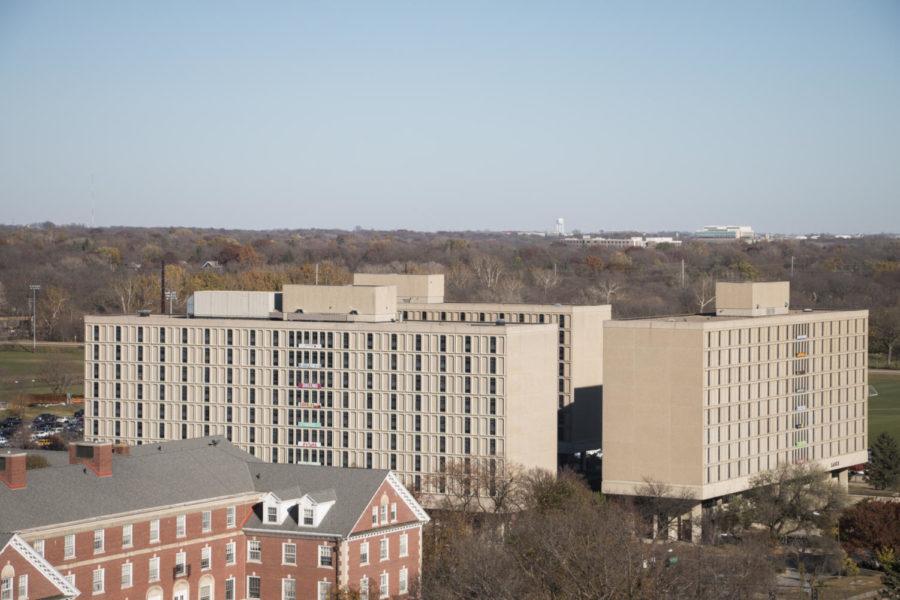Greening project before public
April 30, 1999
The final phase of the Central Iowa Greenways Project will be examined at a public meeting May 5, the last major forum in Ames for public input before the plan is completed.
It will be held from 7 to 9 p.m. at the Story Country Conservation Center, 56461 180 St., and it is free and open to the public. The meetings began last fall to examine whether greenways are needed to benefit the environment and landowners.
The Central Iowa Greenways Project is a proposed plan to implement more greenways, or open spaces and wildlife habitats, in the state. The project is expected to be completed sometime mid-summer.
Steve Lekwa, Story County Conservation board director, said the focus of the meeting will be how “to make the dream become a reality.”
“This is the last piece of the puzzle,” he said. “If we don’t have the will to follow through, [natural land] will rapidly decline and soon be gone.”
Lisa Hein, Iowa Natural Heritage Foundation trails and greenways program director, said organizers want plenty of feedback about the Greenway Project.
“We want the public to brainstorm with us, to come up with more strategies,” she said.
Hein said INHF’s goal is to look at connecting natural areas and open space to develop a continuous network.
“Just like highways and railroads are connected, natural areas need to be connected also,” she said.
Natural areas are at their most valuable when they are connected, Lekwa said. Permanent, continuous vegetation provides a much higher water quality, which enhances quality of life, he said.
“First, we identify where the corridors are — along rivers, railroads, and we can also try to use roadsides to make some connections for the areas that have been lost,” Hein said.
Hein agreed that private greenways will protect water quality and will benefit landowners. One plan for landowners is conservation easement. With this, the landowners not only will keep their land but also keep it protected and expand the greenways in return.
“Conservation easements are not uncommonly used,” Lewka said. “They are agreements between two parties — the grantor and the grantee. The land might be purchased, donated or bartered.”
Lewka said a landowner may choose to donate his or her rights to develop his land to the INHF, which limits his or her options for what can be done with the land. The person still has ownership though, he said.
Public greenways already exist in the Des Moines River Greenbelt, the Skunk River and the Squaw River Valley.
“It is not necessary, however, for the greenway land to be public,” Hein said. “Private greenways can act as a vegetative buffer along streams, which will protect water ways.”
Lekwa said the public needs to understand how important greenways are to the state.
“Iowa in general has the most disturbed land in the union,” he said. “Iowa’s land … if it isn’t covered in concrete, it has corn or soybeans on it. They are open spaces, in a sense, but they are not natural.”
















